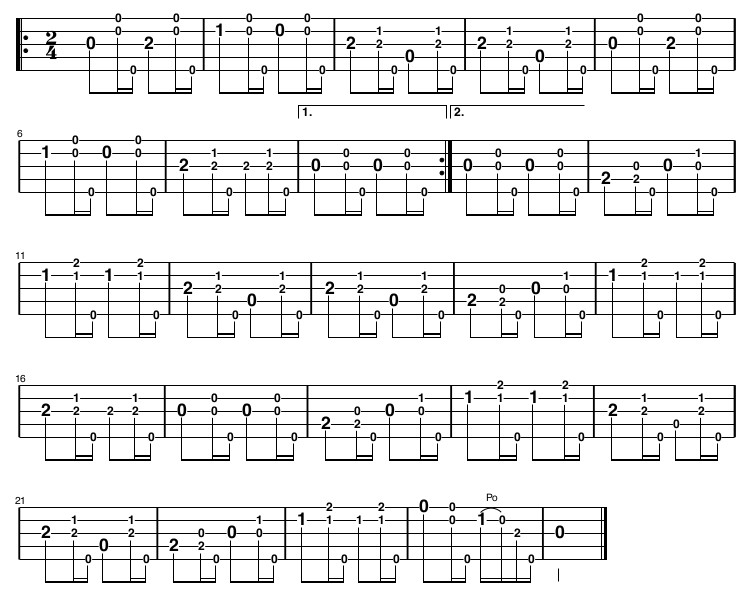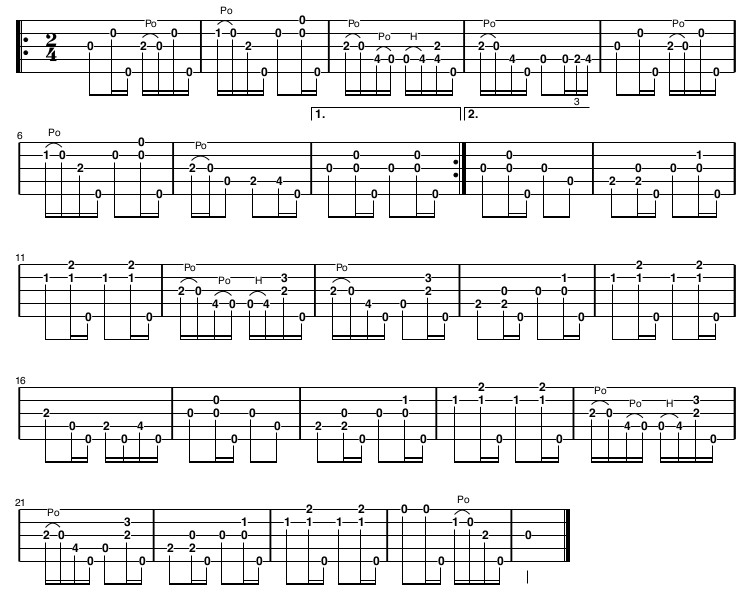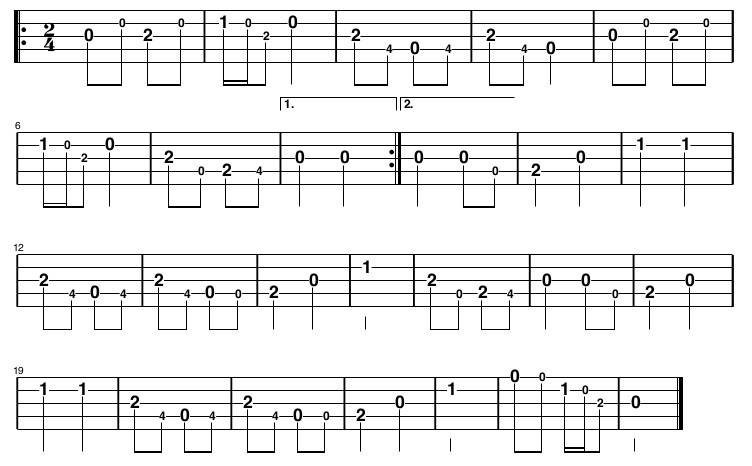Episode 10: Nail that Catfish to a Tree
“Nail that what to a what?!!”
Yeah, you heard right. You see, of the great things about writing music without words — like a fiddle tune — is that you get to name it whatever the heck you want.
Like “Nail that Catfish to a Tree.”
As it turns out, Nail that Catfish is, comparatively speaking, a very recent addition to the body of popular old time jammery. It was written by Steve Rosen, banjo player for the Volo Bogtrotters, and its name apparently refers to a recommended method for skinning (it should be “de-skinning”, shouldn’t it?) a catfish. You can find out more from the composer himself here.
Thanks to its infectious melody, the tune quickly propagated itself into old time jam circles far and wide, which is how it landed in our list of core tunes. It’s also a tune that lays out very nicely on the banjo, so it’s not surprising that it was written by a banjo player.
We need more tunes like this. I’ll start a petition.
Before I get into the meat of the lesson, here’s a preview of what the final banjo arrangement will sound like:
Step 1: Know Thy Melody
As is typically the case, you’ll inevitably hear different fiddlers put their own spin on how this tune is played. However, in this case, we have the rare opportunity to hear an old-time jam classic rendered by the one who birthed it. So here it is, played by the composer himself:
Nail that Catfish to a Tree, by Steve Rosen
And here’s a sprightly version posted on the youtube a few years back by fellow banjo hangouter Craig Evans:
Keep on listening till you can hum or whistle the basic melody to yourself. When you’ve reached that point, move along to step 2…
Step 2: Find the Melody Notes
With the tune now deeply embedded into your neuroacoustical recesses, it’s time to find those melody notes on the banjo. This tune is in the key of G, so first make sure you’ve twisted your pegs into standard G tuning (gDGBD).
Now there’s one thing you’ll probably notice as you go to find the first note of the B part on your banjo: it’s not there. The B part begins on a “C” note, however, the lowest note on your banjo is a “D” (in standard G tuning). So what to do? Here, I instead play an E, which harmonizes with the melody just fine since it’s the second note of a “C” chord.
With that in mind, below is what I hear as the bones of this catfish:
And here’s what it looks like in tab:
Step 3: Add some clawhammery stuff
To make a basic, yet highly listenable, clawhammer version, let’s take each melody note that occurs on the downbeat (a “bum” note) and follow it with a “ditty” strum (i.e. a “brush and then strum”). When we do that, we get a tab that looks like so:
 And transmutated into the sound of a 5 string banjo, we get this:
And transmutated into the sound of a 5 string banjo, we get this:
And now, if we pair that up with a fiddle, here’s the result:
Step 4: Embellish as you see fit
At this point, we can stick with the version we’ve already learned, or throw in some more stylistic interpretation to make it our own. I like to keep this tune fairly straightforward and let the strong melody speak for itself, so nothing too fancy. You know what they say, you can put lipstick on a catfish, but it’s still a…..well, maybe not. To hear what mine sounds like, click the preview video from earlier.
Here’s what that version looks like in tab:

Lastly, if we pair my final version with the fiddle, we can declare this felinesque aquatic bottom feeder firmly affixed and ready for epidermal detachment:
Step 5: Practice smart
Now it’s time to burn this one into your brain circuits. My favorite place to start doing so are the Beats for Banjo tracks (select tempo through the playlist icon on the upper right):
